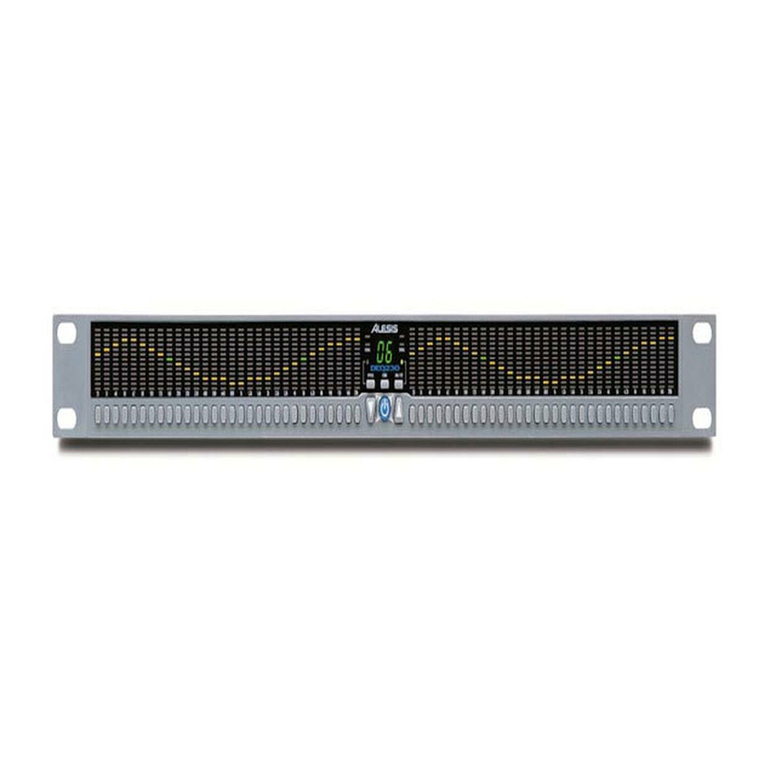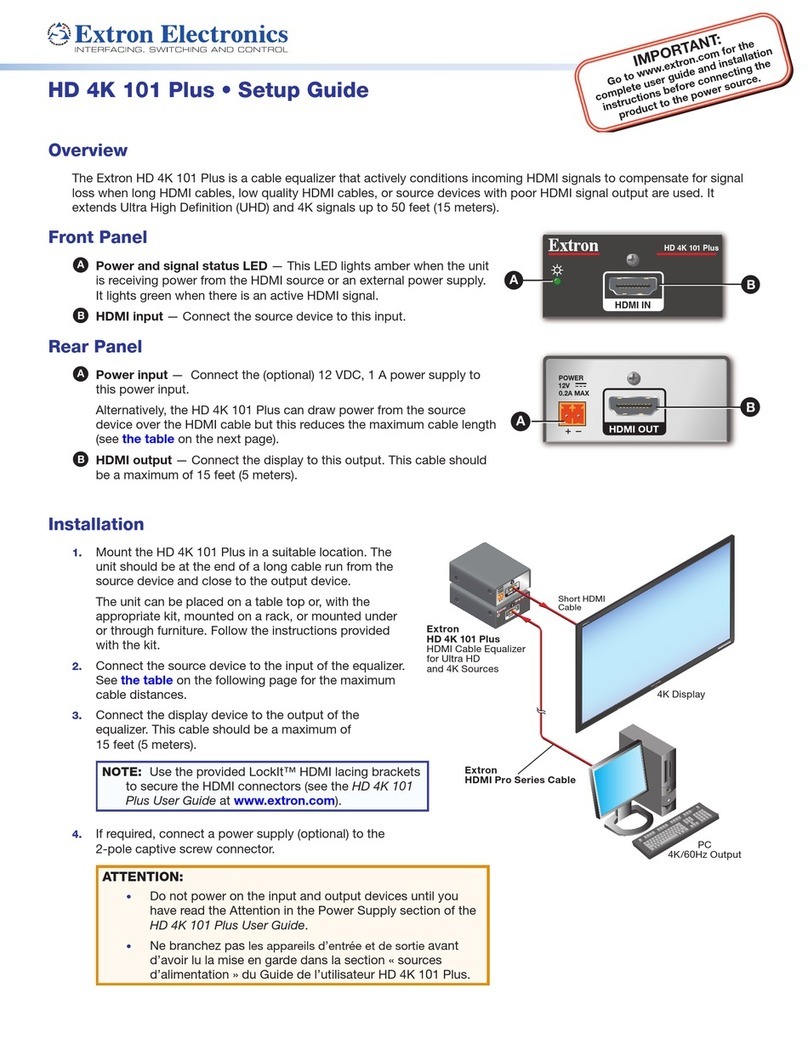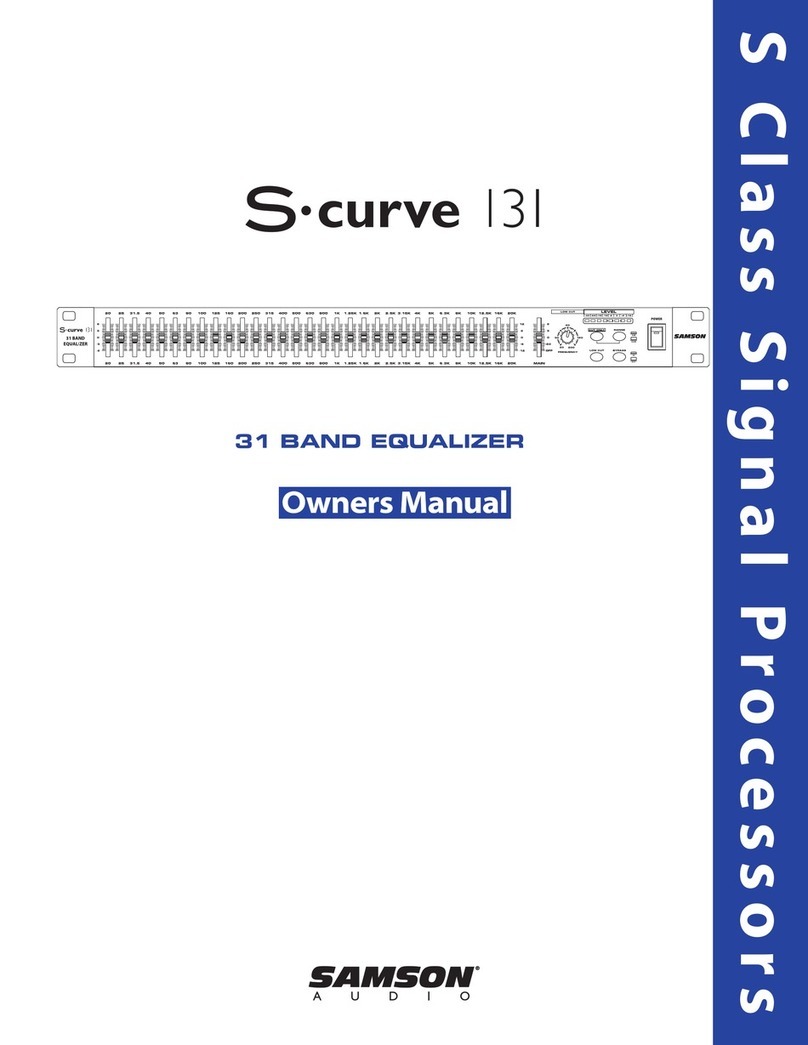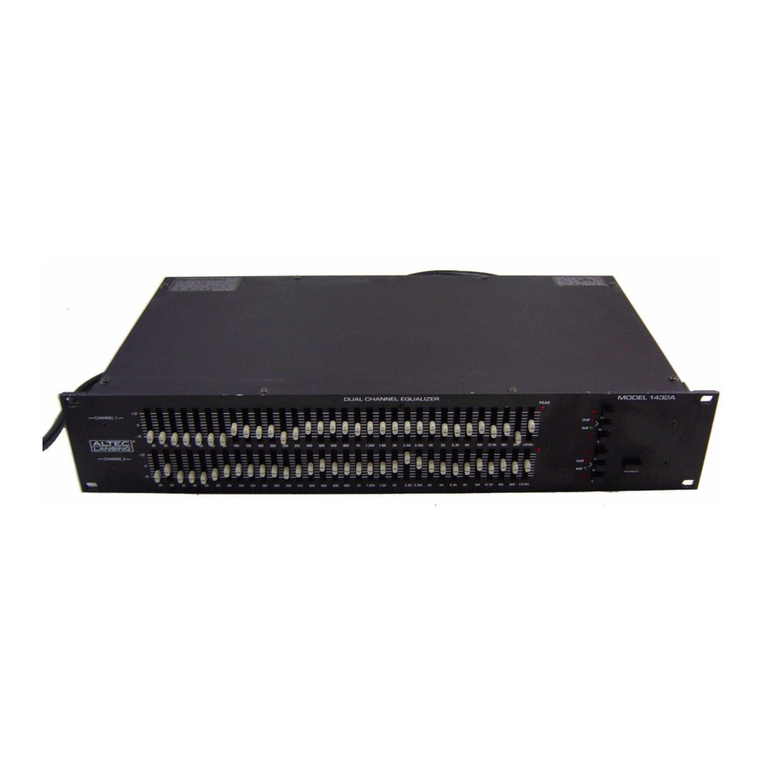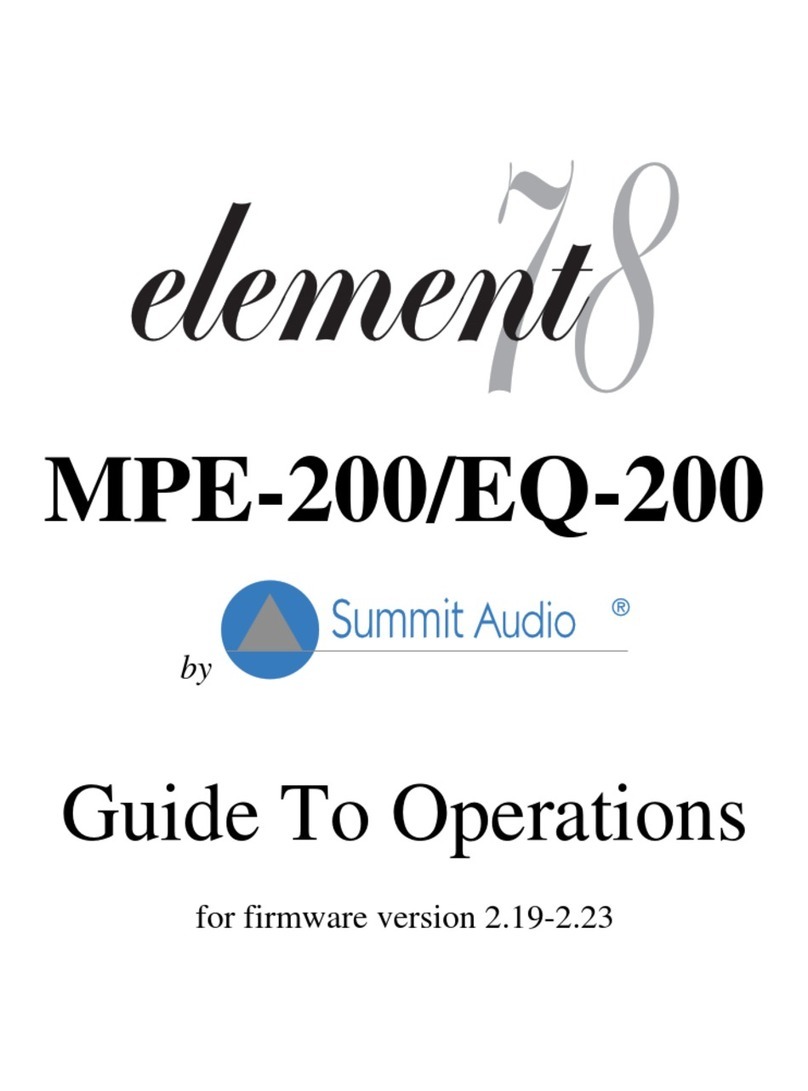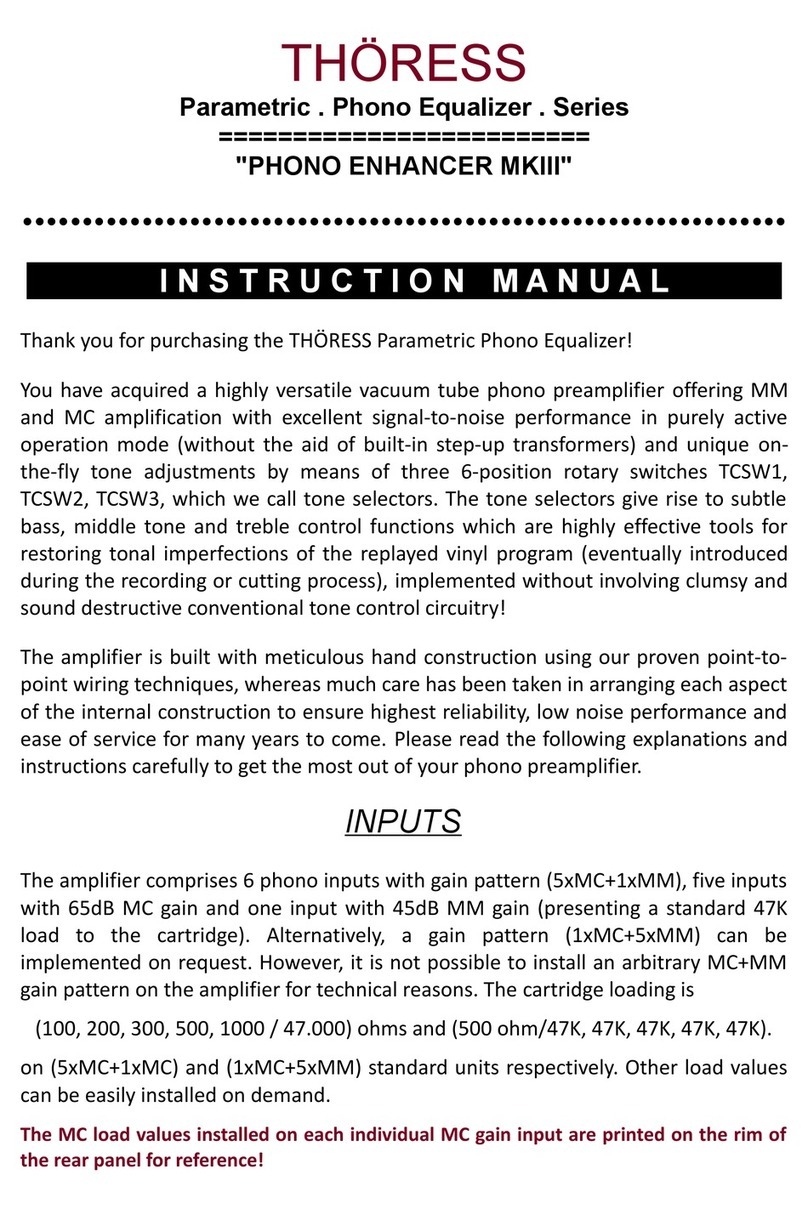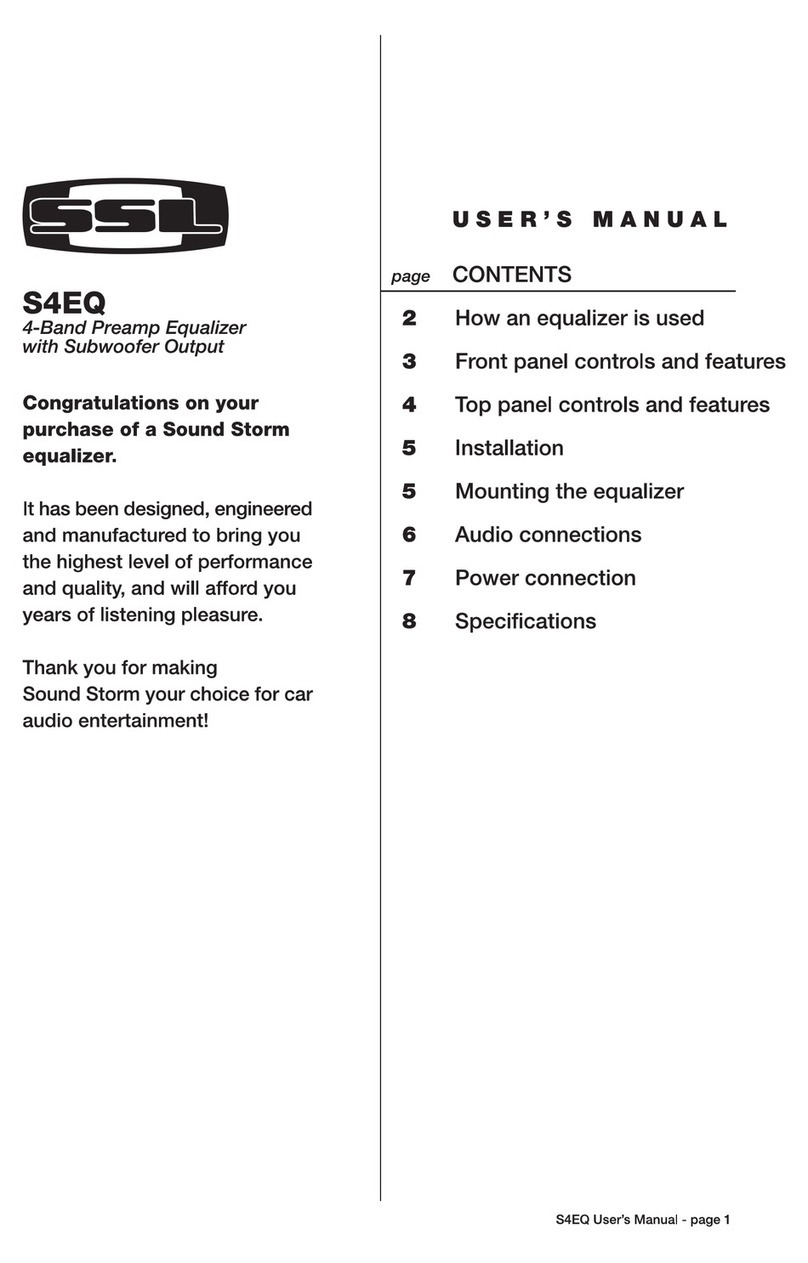Decware Z-ROCK User manual

O W N E R S M A N U A L
!
!
!
INTRODUCTION
!
The Z-ROCK was designed to restore missing bass and tone to your music. Originally
the idea was to make classic rock internet streams sound better, but it has since
morphed into the ultimate black box that can make everything sound better.
!
!
APPLICATION
!
Install the Z-ROCK between your source and preamp/amplifier. The maximum input
voltage the Z-ROCK will accept from your source component is 4 volts. If you have a
high-output DAC, adjust the output level to somewhere between 2 and 4 volts but no
higher.
!
!
POWER
!
You will quickly discover that the Z-ROCK doesn’t have a power switch. You simply
plug it in, it will come on and stay on indefinitely. This is done so that it remains
warmed-up and “in the zone” at all times ensuring a warm and liquid presentation. It is
possible to have this luxury because the Z-ROCK runs the tube at lower voltages that
create precious little heat and preserve tube life.
!
!
TUBE
!
The tube used is a single 12AU7, 12AU7A or 5963. The tube is installed through the
front making it easy to access. To remove the tube, it is advisable to wipe it with a
touch of rubbing alcohol and in the process wipe your finger tips as well. Without
finger oil on the tube or your fingers, it will be easy to remove the tube. The tube will
typically last longer than its rated lifetime (in some cases up to 10,000 hours).
!
!
FUSE
!
The fuse is located inside the IEC power cord jack on the back of the Z-ROCK. Use
1.6 Amp fast or slow blow if you live in North America, and use a 1 Amp fuse for
countries with 220~240 Volts. There is a spare fuse inside the fuse holder, but if
replacements are purchased, the size is 5x20mm.
!
!
!
!
Decware High Fidelity Engineering Co., East Peoria IL, USA www.decware.com

O W N E R S M A N U A L
!
!
!
OPERATION - EQ SWITCH
!
The Z-ROCK has two EQ curves that can be selected via the toggle switch on the rear
of the Z-ROCK. Up = EQ setting A and Down = EQ setting B. Both of these EQ
settings are fully variable. That is to say that each curve can be adjusted from flat to
it’s fully developed shape. We’ll talk more about that later.
!
Here are the two curves:
!
The dark mask at the top of the graph represents EQ setting A and the line just below it
represents EQ setting B for that same channel. The orange dotted line is flat response,
same as if you didn’t use the Z-ROCK.
!
Both EQ slopes have a fairly flat response between 20 Hz ~ 60 Hz and then it shelves
down till it reaches 260 Hz where it remains flat through the midrange and a slight roll
in the treble. This is drastically different from a “loudness button” on a vintage receiver
from the 1970’s. Those controls would simply peak the bass at 100Hz or so, and peak
the treble and while that was somewhat effective it wasn’t something that was ever
designed for audiophiles and that is why you don’t see it on any modern day hi-end
audio gear.
!
!
!
Decware High Fidelity Engineering Co., East Peoria IL, USA www.decware.com

O W N E R S M A N U A L
!
!!
!
These EQ curves were carefully
crafted by ear over many months of
listening, as was the overall voicing of
the Z-ROCK and it’s operation which
brings us to the EQ knob located on
the front.
!
See the illustration below for what to
expect from this knob.!
Decware High Fidelity Engineering Co., East Peoria IL, USA www.decware.com
EQ KNOB
From 0% (fully counterclockwise) to 50% the EQ knob acts like a volume control with
no effect on frequency response. Once it is at the half way position, it achieves unity
gain which means you can flip the bypass switch on and off and hear no change in
volume or frequency balance. As you rotate past 50% the EQ slowly begins to come
in. The more EQ you use, the more bass you will have and the less highs. This
means that if you have the knob at 100% and begin to slowly back it off you will hear
the music get louder as the highs come up until you get out of the green zone at which
point it begins to get quieter again. This creates a sweet spot in the top half of the
green zone shown above where most people will find the best sound.
Green Zone
0%
50%
100%

O W N E R S M A N U A L
!
!
!
BYPASS
!
To assist you in finding the perfect setting for your music, a bypass switch is located on
the front of your Z-ROCK that is intended to be used as an A/B switch while you make
your adjustments. This way you can hear what it sounds like without the Z-ROCK
(bypassed) and then what it sounds like with the Z-ROCK setting you have chosen.
!
!
SPECIFICATIONS
!
!
Weight 7 lbs. ea.
Dimensions 2.5" H x 6" W x 11.0" D
Circuit type Single ended Class A Triode
Input voltage 4 volts max
Output voltage 8 volts with 2 volt input. 16 volts with 4 volt input
Max Output 21 volts
Output Impedance <1000 ohms
Input Impedance 47 K Ohms
Noise / Hum -80dBV / -62dBV
Response 10 Hz ~ 90 kHz
Feedback ZERO negative feedback used
Rectification UN4007 fast recovery
Capacitor Filter 547 uF
Signal tube 12AU7!
Biasing Self-Biasing
Resistors precision WW/MF by DALE, VISHAY
Signal Cap Polyurethane Film Caps or Beeswax Film/Foil Caps
AC cord Removable power cord
Consumption 13.5 watts at the outlet
Input jacks RCA type 24K Gold
Output jacks RCA type 24K Gold
Warranty Lifetime to original owner
!
!
!
Decware High Fidelity Engineering Co., East Peoria IL, USA www.decware.com

O W N E R S M A N U A L
!
!
HOOKUP !
!
!
!
!
!
!!!!
!
!
!
!
!
!
!
!
!
TUBE REPLACEMENT !
To replace the tube which is visible from
the front, it is simply pulled straight out to
remove.
!
This is best accomplished by taking some
rubbing alcohol and cleaning the exposed
portion of the tube and your thumb and
index finger for a good non-slip grip. By
doing so the tube comes out easily.
Decware High Fidelity Engineering Co., East Peoria IL, USA www.decware.com
fuse
EQ Switch
Inputs from source
Outputs to preamp / amp
This manual suits for next models
1
Table of contents
Popular Stereo Equalizer manuals by other brands
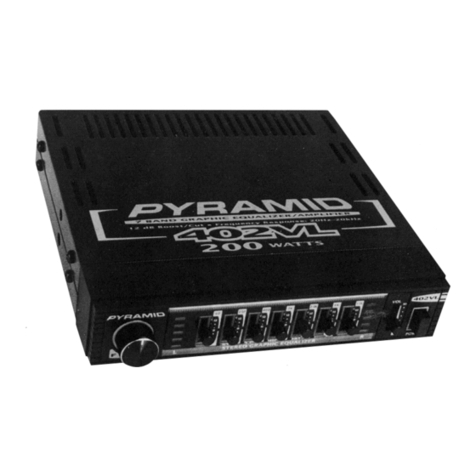
Pyramid
Pyramid 402VL owner's manual

Zeck Audio
Zeck Audio constant Q GF215 Service manual
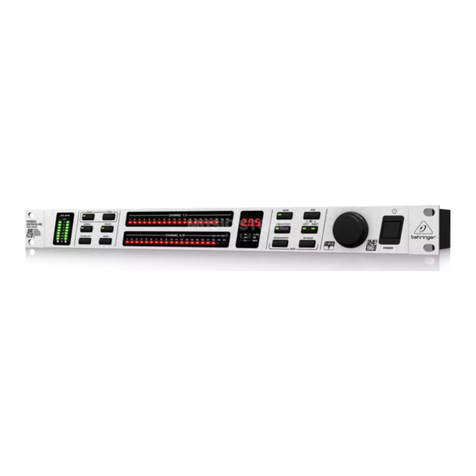
Behringer
Behringer FEEDBACK DESTROYER PRO FBQ2496 user manual
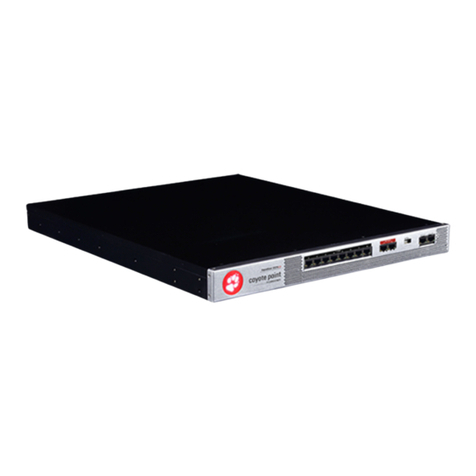
Coyote Point Systems
Coyote Point Systems Equalizer GX Series Administration guide
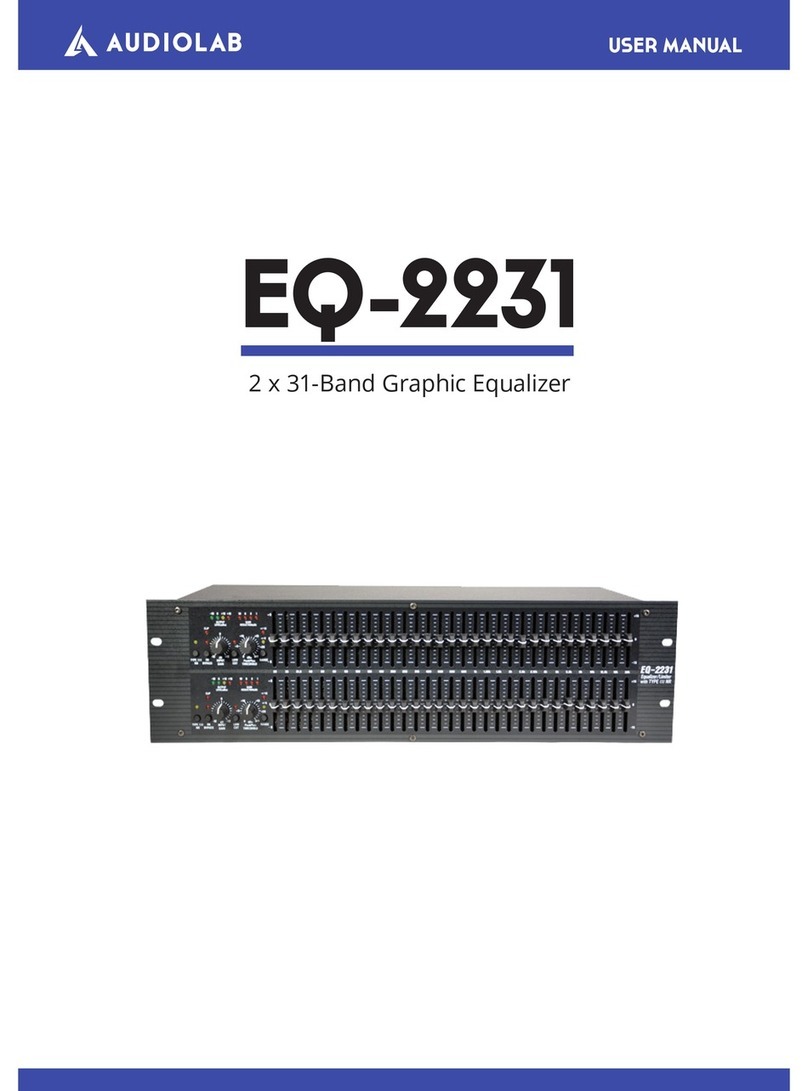
Audiolab
Audiolab EQ-2231 user manual
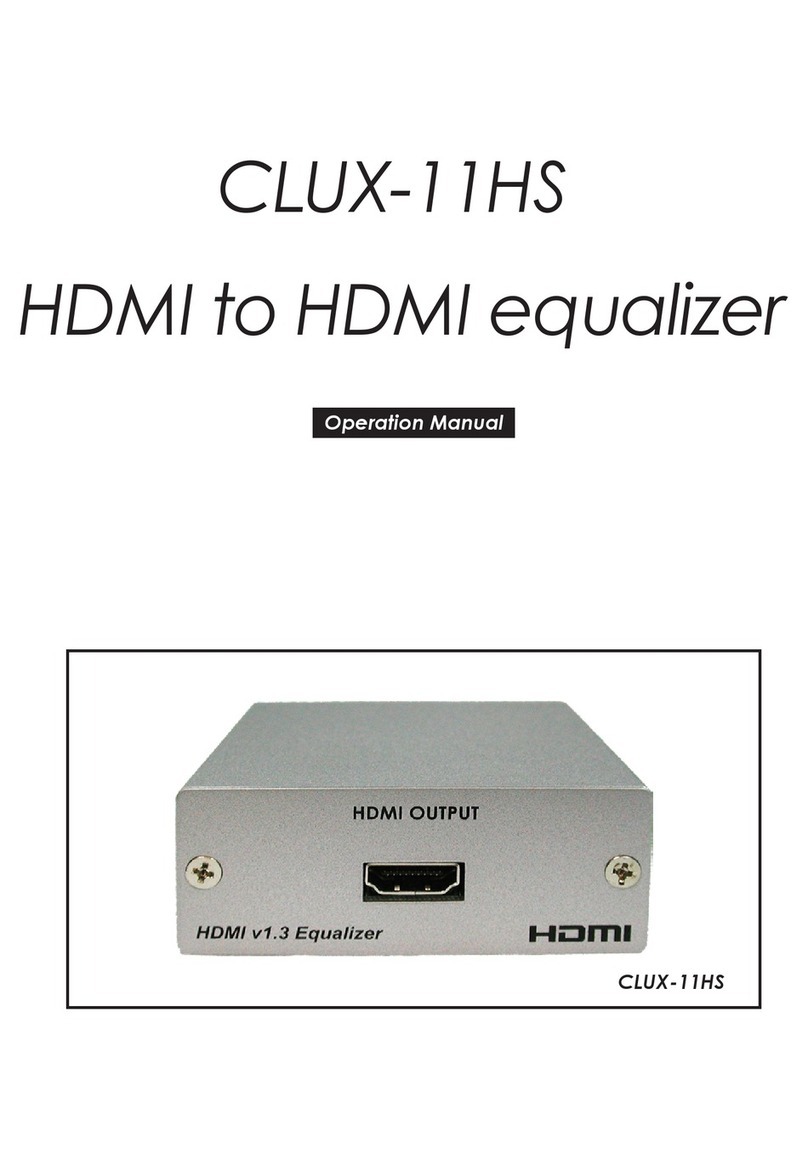
HDMI
HDMI CLUX-11HS Operation manual


